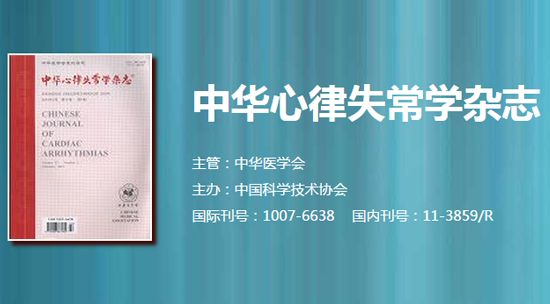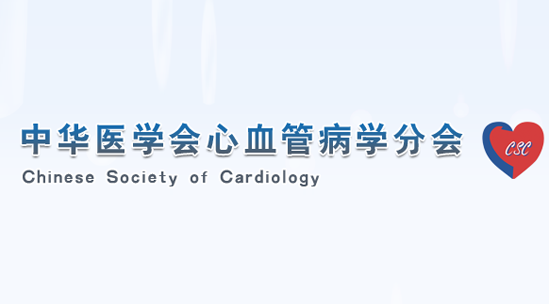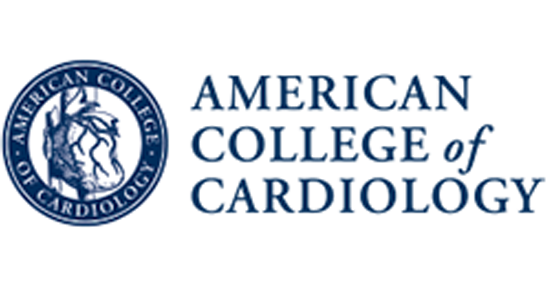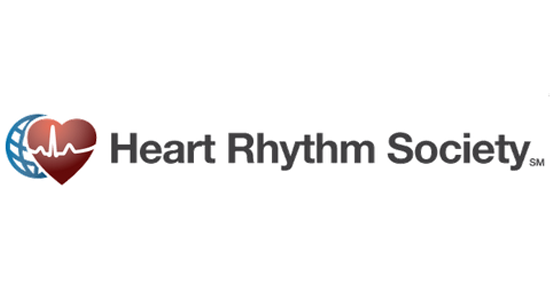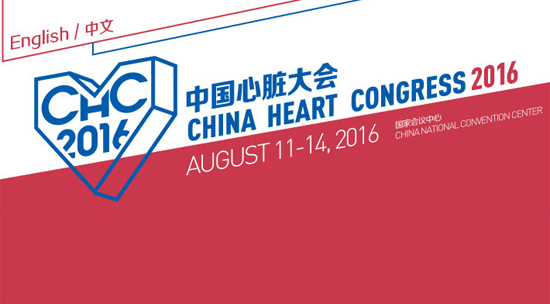HeartRhythm主编—陈鹏生教授语音速递(十二月刊 英文版)
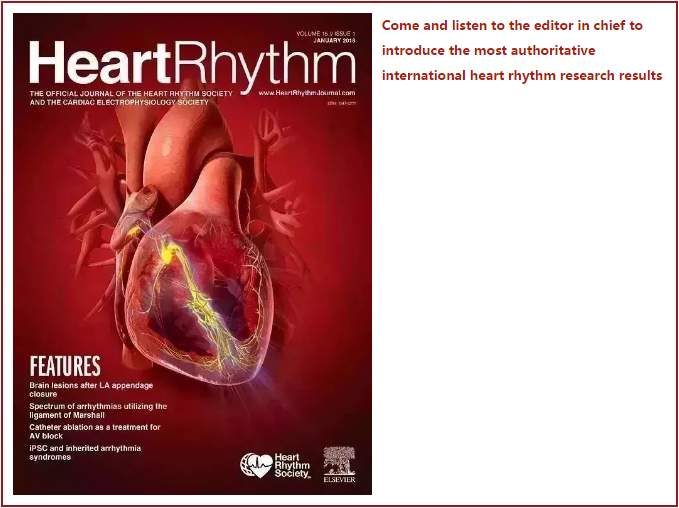
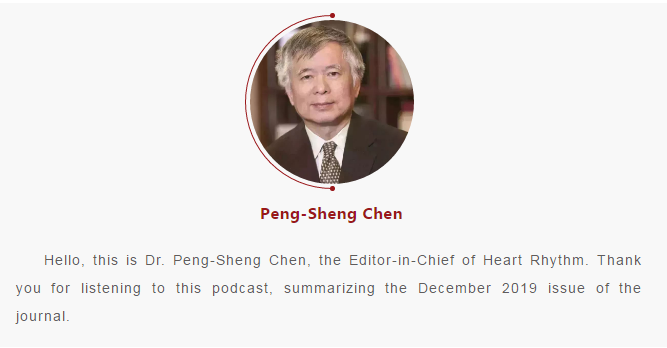
This issue focuses on devices. The proximal left bundle branch, or LBB, runs through the left ventricular septum and fans out to form a wider target for pacing than the His bundle does. LBB pacing can be achieved by transseptal placement of a pacing lead into the left ventricular septal sub-endocardium in the LBB region. The first section of this focus issue includes 5 manuscripts on pacing either the left bundle branch or the area of the left bundle branch.
1
The featured article is “Left bundle branch pacing for symptomatic bradycardia: Implant success rate, safety and pacing characteristics” by Li et al. from Fuwai Hospital, Beijing. An interview with the corresponding author, conducted by our>
2
A second paper was written by a different Dr. Li, but also from Fuwai Hospital. There was no overlap of patients between the two papers’ cohorts. The paper is titled “Permanent left bundle branch area pacing for atrioventricular block: feasibility, safety and acute effect”. This paper included 33 AV block patients with indications for ventricular pacing. LBB pacing was successfully performed in 90% of patients, with low acute and 3-month follow-up capture thresholds. The average paced QRS duration was also<120 ms.="" the="">
3
A third article is by Vijayaraman et al from Geisinger Heart Institute, Pennsylvania, USA, titled, “Prospective Evaluation of Feasibility, Electrophysiologic and Echocardiographic Characteristics of Left Bundle Branch Area Pacing”. Patients requiring pacing for bradycardia or heart failure indications were prospectively enrolled. LBB pacing was successful in 93 of the 100 patients. Paced QRS duration averaged 136 ms. Pacing threshold at implant averaged 0.6 V and R waves were 10 mV. They remained stable at a median follow-up of 3 months.
4
A fourth article is titled “Cardiac resynchronization therapy by left bundle branch area pacing in heart failure patients with left bundle branch block” by Zhang et al from Shanghai Chest Hospital, China. The study included 11 consecutive heart failure patients with reduced LV ejection fraction and left bundle branch block. LBB pacing significantly shortened the average QRS duration from 180 ms to 129 ms. At an average follow-up of 6.7 months, NYHA functional class, plasma levels of B-type natriuretic peptide, LV end systolic diameter and LVEF were all significantly improved. The authors conclude that LBB pacing can be used for cardiac resynchronization and improve clinical symptoms, while effecting LV reverse remodeling.
5
A fifth article is by Weijian Huang et al from First Affiliated Hospital of Wenzhou Medical University, Wenzhou, China. Dr Huang was the first to report successful LBB pacing. His manuscript is a Hands-On article titled “A beginner's guide to permanent left bundle branch pacing”.
Together, these 5 articles show that LBB pacing can be achieved in 80 to 90% of the patients, with low pacing thresholds at short term follow up, and good clinical effects. It can be used for resynchronization therapy for heart failure. Data on longer term follow up will be needed to determine the benefit versus risk in different patient populations.
6
The second section of this focus issue is>On-treatment comparison between corrective His bundle pacing and biventricular pacing for cardiac resynchronization: A secondary analysis of His-SYNC”. Among 41 patients enrolled in the His-SYNC study, 21 were randomized to His-CRT and 20 to BiV-CRT. Crossover occurred in 48% of patients randomized to His-CRT and 26% of the BiV-CRT group. As- treated analysis, rather than per-protocol analysis, was performed. Patients who received His-CRT demonstrated greater QRS narrowing compared to BiV CRT. A trend toward higher echocardiographic response was also observed. While this positive>
7
Jastrzębski et al. from Jagiellonian University, Krakow, Poland wrote the following article titled “His bundle has shorter chronaxie than adjacent ventricular myocardium: Implications for pacemaker programming”. The chronaxie is a tissue- specific measure that is used to describe the relative excitability of tissues. It is defined as the pulse duration at which the voltage required for capture is twice the rheobase. The authors studied the strength-duration curves for permanent selective and non- selective His bundle pacing in 127 patients. They found that the average His bundle chronaxie of 0.47 ms was shorter than the RV chronaxie of 0.79 ms. Selective His bundle capture and battery longevity can be promoted by shorter pulse durations (0.2 ms). Longer pulse duration (1.0 ms) offer bigger safety margin for RV capture and may be preferable if simultaneous RV capture during His bundle pacing is desired. These results have significant implications for programming pacemakers using permanent His bundle pacing.
8
The next article is titled “Electrical parameters with His bundle pacing: considerations for automated programming” written by Starr et al from University Hospital of Geneva, Switzerland. They studied 50 patients and found that His bundle- pacing thresholds were significantly lower during unipolar pacing compared to bipolar pacing. The His-pace to right-ventricular-sense intervals were measured at 40-150ms, with the longest delays seen in patients with uncorrected right bundle branch block and selective His capture. These data could serve to configure automated programming settings to simplify management of His bundle pacing.
9
Next up is “Permanent His Bundle Pacing using Stylet Directed, Active Fixation Leads Placed via Coronary Sinus Sheaths as Compared to Conventional Lumen- less System” by Orlov et al from Steward St. Elizabeth’s Medical Center, in Boston. Stylet-driven, active fixation leads were attempted in 27 patients to achieve His bundle pacing. The success rate was 89% compared to 88% in the comparison lumen- less lead group. The fluoroscopy time was comparable, but the acute pacing threshold was significantly higher in the stylet-driven than the lumen-less lead group, and this difference remained stable at 8 months. These data show that stylet driven leads delivered through various shaped coronary sinus guide catheters is a viable alternative method for permanent His bundle pacing, though in this study the capture threshold was higher using stylet-driven leads.
10
Cho et al from Asan Medical Center, Republic of Korea wrote the following article titled “Cerclage para-Hisian septal pacing through the septal perforator branch of the great cardiac vein: bedside-to-bench development of a novel technique and lead”. This technique uses the septal perforator branch of the anterior interventricular vein for electrode insertion to achieve parahisian pacing. The authors tested cerclage para- Hisian septal pacing in 7 patients, and showed that it is a feasible approach to achieve physiologic pacing. This new method could be investigated as an alternative to direct right-sided approaches to His bundle pacing.
11
The next article is “Postoperative opioid prescription patterns and new opioid refills following cardiac implantable electronic device procedures”written by Lee et al from Mayo Clinic Arizona. A total of 16,000 patients who underwent CIED procedures were retrospectively studied. They found that the opioid prescription rate after CIED procedures was 20%, with most of these patients being opioid naïve. Among opioid naïve patients who received opioids, 9.4% had subsequent opioid refills. In view of the opioid epidemic, these findings suggest that perioperative pain management in CIED procedures warrants meticulous attention.
12
Next up is “Management of Anticoagulation in Patients Undergoing Leadless Pacemaker Implantation” by San Antonio et al from University of Barcelona, Spain. This study included 107 consecutive patients receiving the Micra transvenous pacing device. Among them, 40% of patients received anticoagulants following implantation. Of these,>
13
The next article is “Detection of High Frequency Artifact as a Function of Pulse Generator Algorithms and Outer-Insulation Material” by Narui et al from Vanderbilt University. A high rate of malfunction, predominantly intermittent high frequency artifacts, has been recently reported in Abbott Medical Tendril pacing leads. The authors retrospectively reviewed institutional data of the Medtronic CapSureFix 5076 and Abbott Medical Tendril pace-sense leads. In a multivariate analysis, they found that Abbott Medical pacemaker and defibrillator pulse generators, but not Abbott pacing leads, are associated with an increased incidence of recorded high frequency artifacts. This suggests that Abbott generators detect high frequency artifacts>
14
This issue also included papers unrelated to devices. The first>Isolated Very Low QRS Voltage In The Frontal Leads Predicts Recurrence of Neurally Mediated Syncope” by Blendea et al from the Massachusetts General Hospital, Boston. Very low voltage is defined by a QRS complex of ≤0.3 mV in>
15
The next article is “The outcome of patients with functional single ventricular heart after pacemaker implantation—what makes it poor and what can we do?” by Kodama et al from Fukuoka Children’s Hospital, Japan. They performed a retrospective chart review of patients with single ventricle who had undergone permanent pacemaker implantation. Pacing leads were placed epicardially in all patients. The authors found that no patient died in the atrial pacing or low percent ventricular pacing groups, whereas the survival rate in the high ventricular pacing group was>
16
Liu et al from my research laboratory at Indiana University wrote the following article titled “Effects of anesthetic and sedative agents>” We directly recorded nerve activity from dogs and humans during sedation and anesthesia. We found that dexmedetomidine, morphine and hydromorphone suppress sympathetic nerve activity and decrease blood pressure and heart rate. Midazolam had no significant effect>
17
Next up is a paper titled “High-resolution, Real-time, and Nonfluoroscopic Three- Dimensional Cardiac Imaging and Catheter Navigation in Humans Using a Novel Dielectric-Based System” by Romanov et al from Meshalkin Hospital, Novosibirsk, Russia. The authors developed a real-time in vivo cardiac mapping and navigation system that registers shifting voltage and electric field measurements as electrode- containing catheters move within an electric field produced by removable body surface patches. This process rapidly generates high-resolution 3D images of cardiac anatomy. The authors used 4 swine to perform validation studies, showing that the system accurately detects catheter location and can generate high-resolution images without the need for preacquired imaging, specialty catheters, or a point-by-point mapping procedure. This technology may be useful in catheter ablation procedures.
18
This issue’s HRS 40th Anniversary Viewpoint was written by Dr Albert Waldo of the University Hospitals Cleveland Medical Center. It is titled “A warm stroll down Cardiac Electrophysiology Lane.” Dr Waldo is a founding member of NASPE. His Viewpoint described the early days of the NASPE and its scientific meetings, and how he and others have shaped the development of clinical cardiac electrophysiology.
19
The final article is a Viewpoint titled “Cardioversion>” written by Leshem et al from Beth Israel Deaconess Medical Center, Harvard Medical School, Boston. The authors discussed the knowledge gap related to cardioversion in patients taking reduced-dose DOACs.
I hope you enjoyed this podcast. For Heart Rhythm, I’m Editor-In-Chief, Dr. Peng-Sheng Chen.
